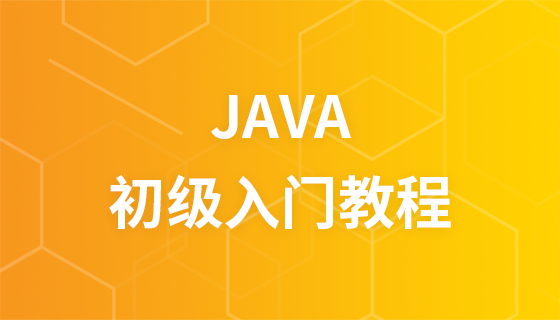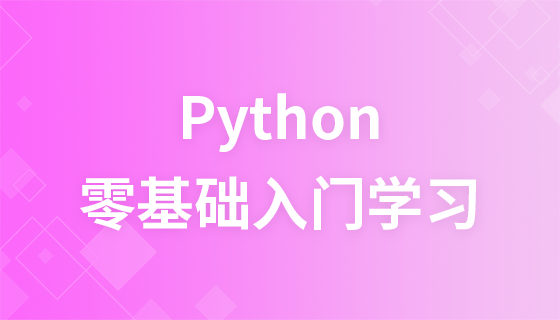

What complex business requirements can Golang microservice development support?
With the rapid development of the Internet, the complexity and scale of software are also increasing. In this case, traditional single applications often find it difficult to meet the requirements of high concurrency, high availability, and scalability. In order to cope with this challenge, the concept of microservice architecture has gradually become popular. As an excellent programming language, Golang provides strong support for microservice development. This article will introduce what complex business requirements Golang microservice development can support and provide specific code examples.
package main
import (
"fmt"
"sync"
)
func worker(id int, jobs <-chan int, results chan<- int) {
for j := range jobs {
fmt.Printf("Worker %d started job %d
", id, j)
// 模拟耗时操作
for i := 0; i < 1000000000; i++ {
}
results <- j
fmt.Printf("Worker %d finished job %d
", id, j)
}
}
func main() {
jobs := make(chan int, 10)
results := make(chan int, 10)
// 创建5个worker
for w := 1; w <= 5; w++ {
go worker(w, jobs, results)
}
// 发送10个任务
for j := 1; j <= 10; j++ {
jobs <- j
}
close(jobs)
// 获取结果
for a := 1; a <= 10; a++ {
<-results
}
}package main
import (
"log"
"time"
"github.com/streadway/amqp"
)
func main() {
conn, err := amqp.Dial("amqp://guest:guest@localhost:5672/")
if err != nil {
log.Fatalf("Failed to connect to RabbitMQ: %v", err)
}
defer conn.Close()
ch, err := conn.Channel()
if err != nil {
log.Fatalf("Failed to open a channel: %v", err)
}
defer ch.Close()
err = ch.ExchangeDeclare(
"logs", // name
"fanout", // type
true, // durable
false, // auto-deleted
false, // internal
false, // no-wait
nil, // arguments
)
if err != nil {
log.Fatalf("Failed to declare an exchange: %v", err)
}
q, err := ch.QueueDeclare(
"", // name
false, // durable
false, // delete when unused
true, // exclusive
false, // no-wait
nil, // arguments
)
if err != nil {
log.Fatalf("Failed to declare a queue: %v", err)
}
err = ch.QueueBind(
q.Name, // queue name
"", // routing key
"logs", // exchange
false,
nil,
)
if err != nil {
log.Fatalf("Failed to bind a queue: %v", err)
}
msgs, err := ch.Consume(
q.Name, // queue
"", // consumer
true, // auto-ack
false, // exclusive
false, // no-local
false, // no-wait
nil, // args
)
if err != nil {
log.Fatalf("Failed to register a consumer: %v", err)
}
forever := make(chan bool)
go func() {
for d := range msgs {
log.Printf("Received a message: %s", d.Body)
}
}()
log.Printf(" [*] Waiting for messages. To exit press CTRL+C")
<-forever
}package main
import (
"log"
"net/http"
"os"
"os/signal"
"syscall"
)
func main() {
mux := http.NewServeMux()
mux.HandleFunc("/", func(w http.ResponseWriter, r *http.Request) {
w.Write([]byte("Hello, World!"))
})
srv := http.Server{
Addr: ":8080",
Handler: mux,
}
go func() {
log.Println("Server started")
err := srv.ListenAndServe()
if err != nil {
log.Fatal(err)
}
}()
// 监听系统信号,优雅退出
stop := make(chan os.Signal, 1)
signal.Notify(stop, os.Interrupt, syscall.SIGTERM)
<-stop
log.Println("Server stopped")
err := srv.Shutdown(nil)
if err != nil {
log.Fatal(err)
}
}In summary, Golang microservice development can support complex business requirements, including high concurrency processing, scalability and high availability. Through reasonable architectural design and the use of Golang's powerful concurrency model, we can build a stable, efficient, and flexible microservice system. I hope the code examples in this article can help readers better understand and apply Golang microservice development.
The above is the detailed content of What complex business requirements can Golang microservice development support?. For more information, please follow other related articles on the PHP Chinese website!
 The difference between distributed and microservices
The difference between distributed and microservices
 How to define variables in golang
How to define variables in golang
 What are the data conversion methods in golang?
What are the data conversion methods in golang?
 What are the commonly used libraries in golang?
What are the commonly used libraries in golang?
 What is the difference between golang and python
What is the difference between golang and python
 How to open php in a web page
How to open php in a web page
 What are the virtual currencies that may surge in 2024?
What are the virtual currencies that may surge in 2024?
 Main contents of database conceptual design
Main contents of database conceptual design




